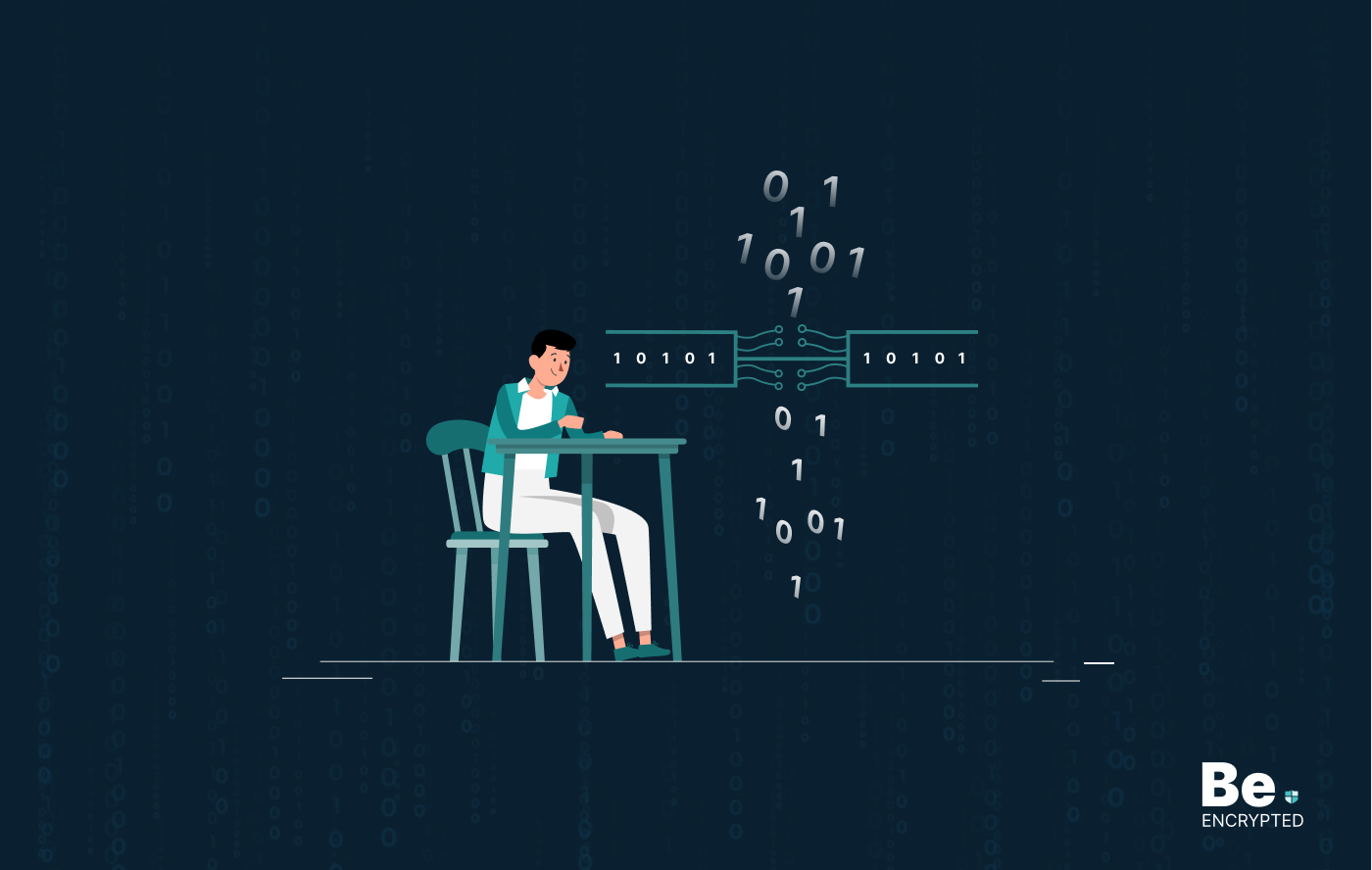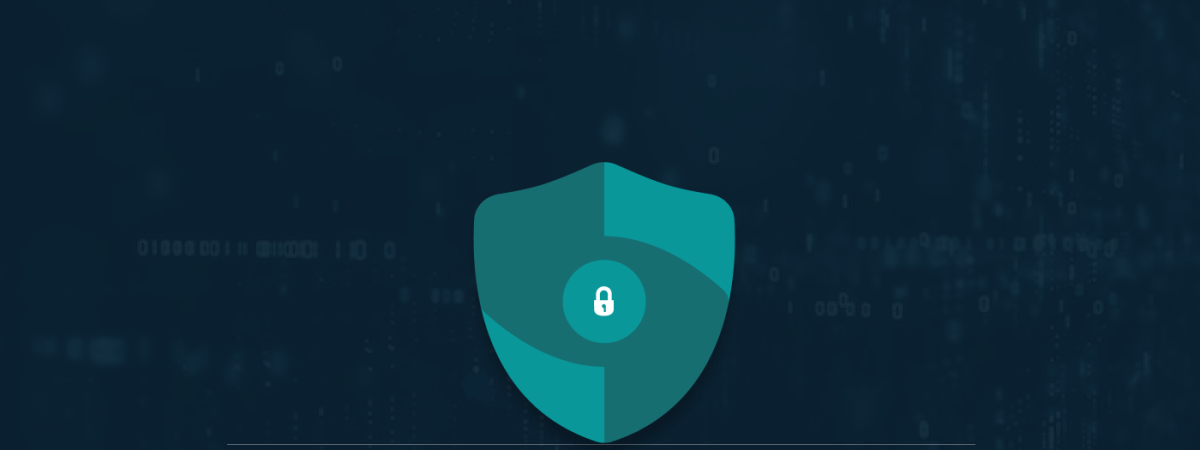As new technology emerges, so do cyber threats, targeting customer and staff data, business records, and more. Improving your security infrastructure and not paying for ransomware is good. However, educating your staff and individuals regarding cybersecurity risks will help to avoid human errors.
There was a time when the rate of new technology and the sophistication of cyberattacks went hand in hand. Both are accelerating rapidly, and cyber-attacks are outpacing our methods of protecting ourselves. This is mainly due to the many layers we’ve added to our technology.
Protecting your evolving business and technology from emerging cyber threats starts with staying on top of the latest trends. Keep reading to learn the top three trends in cybercrime you should know right now.
Top trends of cyberattacks
Below are the latest and emerging trends in cybercrime that you need to know:
1. Attacks are moving to the cloud
At the start of the COVID-19 pandemic, many businesses were forced to change how they operated. As a result, untold numbers of office workers began working remotely instead, either part-time or full-time. Now, years after the pandemic began, nearly 60 percent of employees in the U.S. with jobs that they say can be done from home continue to work from home the majority of the time or all the time.
With the move towards remote work comes an increasing dependence on the cloud. This means that cybercriminals are honing their tactics for targeting and breaching cloud workspaces. While most businesses report that cloud-based services are crucial to infrastructure growth, breaches of those cloud accounts cost organizations more than $6.2 million in 2021 alone.
2. Cybercriminals are seeking Ransomware payments
The average cost of a cyberattack on a small business today is more than $25,000.
Many businesses are turning to cyber insurance to help protect themselves from the financial fallout of a cyberattack. But with this trend has come another: cybercriminals are now targeting those businesses set to receive an insurance payout. While an insurance plan may cover the cost of a ransomware settlement, this isn’t the purpose of this investment. And studies suggest that businesses that have made ransomware payments in the past may be targeted again.
While protecting your business with cyber insurance can be a good backup policy, it’s more important to avoid paying ransomware settlements by protecting yourself from future attacks.
3. Human error is putting businesses at risk
The prevalence of phishing attacks — and the effectiveness of these spam messages — is increasing yearly. Between quarter 1 and quarter 3 of 2021 alone, the number of businesses experiencing a phishing attack increased by 75 percent.
While large-scale cyberattacks remain a threat to businesses, an even more significant threat lurks. Human error, including falling for phishing attacks, is increasingly putting brands at risk. Stopping phishing attacks may still be in the distant future.
But today, businesses can take measures to educate their staff on the latest phishing scams and equip them with the tools and knowledge they need to spot new ones.
Share this article
About the Author
Rebecca James is an IT consultant with forward thinking approach toward developing IT infrastructures of SMEs. She writes to engage with individuals and raise awareness of digital security, privacy, and better IT infrastructure.
More from Rebecca JamesRelated Posts

19 Best Vulnerability Management Software or Tools in 2024
KEY TAKEAWAYS Vulnerability management tools scan and detect weaknesses within the network that hac...

How to Detect, Identify and Fix Packet Loss with Best Tools
KEY TAKEAWAYS Packet loss reduces the speed and amount of data that flows through the network. This ...

15 Best Network Security Software – Top Pick Of Organizations
KEY TAKEAWAYS Network security software keeps the data secure and blocks malicious or potentially vu...

15 Best Virtual Machine Software for Windows in 2024
KEY TAKEAWAYS Virtual machine software is a vital tool for developers to deploy VM software to test ...

What is Software Deployment: Risks and Best Practices
KEY TAKEAWAYS Software deployment is facing various security risks amidst the advancements in the in...

Building Encryption into the Network Fabric with SASE
A network fabric is a mesh of connections between network devices such as access points, switches, a...


